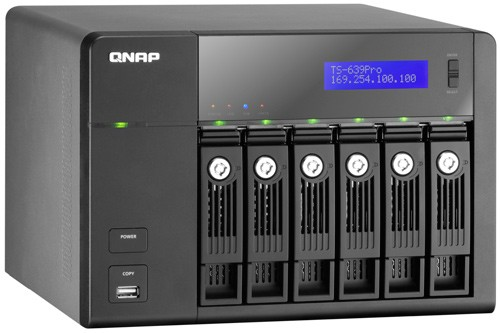

Now, the mirror capacity should be dictated by the three terabyte drive, not the two. To accomplish this, I removed the existing two terabyte drive from the 2/3 array and replaced it with a four terabyte drive. Ideally, a RAID NAS box would allow you to swap out drives, growing your array capacity over time.

Today, you can get a 10 terabyte drive for under four hundred bucks. We were thrilled to have that much storage.

The capacity was dictated by the existence of the two terabyte drive.īut what if you want your RAID to grow with you over time? When I first bought my first Drobo seven years or so ago, all the drives were mere 1 terabyte drives. In reality, there's also some capacity used up by the RAID housekeeping.Īt the end of Test 2, each RAID box had one 2 terabyte drive and one 3 terabyte drive. In a two-drive mirror, the maximum storage capacity has to be that of the lesser-sized drive. RAID grow-over-time testįor the final RAID test, I wanted to see if the RAID would grow with you over time. As you saw in my review of the Buffalo, painful was a theme with that box. Would the storage array accept the mismatched drive and rebuild the array? Most of the NAS boxes passed this test, with the exception of the Buffalo (which required some rather extensive, unnecessary, and painful intervention). So for our second test, I removed the known bad drive and, instead of replacing it with a 2 terabyte drive that matched the remaining working drive, I put in a 3 terabyte drive from a different vendor. Keep in mind, though, that it's always a good idea to keep one or two spare drives around in case you need them. With modern file systems, you should be able to use mismatched drives. The downside of this was the expense and storage issues associated with keeping extra identical spare drives, and the stress of knowing that once you ran out of those spares and the model needed is no longer on the market, you'd probably have to replace your RAID.


 0 kommentar(er)
0 kommentar(er)
